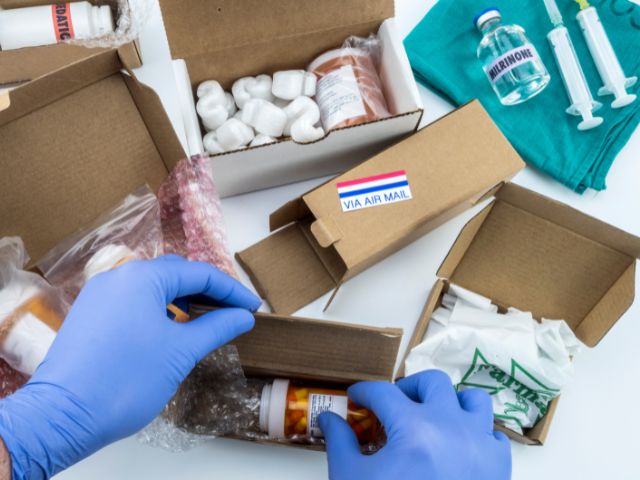
The world of medical device packaging is a complex arena, with a diverse array of materials being used to ensure the safety, sterility, and effectiveness of vital healthcare products. From the operating room to the outpatient clinic, these packaging materials play a crucial role in patient care. However, there are many misconceptions about medical device packaging, including the materials used to produce them. Explore the common materials used for medical device packaging, their properties, applications, and why certain materials are chosen over others.
Plastics play an indispensable role in medical device packaging due to their unique properties. Materials such as polypropylene (PP), polyvinyl chloride (PVC), polyethylene (PE), and polystyrene (PS) are commonly utilized in the manufacturing of medical device packaging. Their popularity stems from their versatility, cost-effectiveness, and the ability to create a sterile environment for devices.
For instance, polyethylene packaging can be heat-sealed to form a leak-proof barrier around medical devices, providing reliable protection against moisture, germs, and contamination. This eliminates the need for sterilization before use, saving valuable time in critical healthcare scenarios. Additionally, plastics like polypropylene and PET (polyethylene terephthalate) are favored for their clarity, light weight, and resistance to impact, which is essential in ensuring the safe transportation and storage of medical devices. Whether the packaging is used to protect disposable syringes, heart valves, or IV bags, the use of plastics in medical device packaging has revolutionized the healthcare industry by enhancing safety and efficiency.
Metals are another class of materials commonly used in medical device packaging, with aluminum being a key player. Aluminum is often utilized in the form of foils and laminates due to its excellent barrier properties against light, oxygen, and moisture. It is also notable for its flexibility and ease of printing, which enhances product identification and branding efforts.
Stainless steel, on the other hand, is a go-to material for reusable instruments like surgical tools, thanks to its durability, resistance to corrosion, and ability to withstand high-temperature sterilization processes. Some medical devices also require shielding from electromagnetic interference (EMI) for accurate functioning. This is where metals like nickel, silver, copper, and tin come into play, as they are often used in EMI shielding bags. Despite being more expensive than plastics, metals find their niche in medical device packaging where high strength, durability, and advanced barrier properties are required.
Glass has a long-standing history in the field of medical device packaging. It is an ideal choice for certain applications due to its chemical inertness, excellent barrier properties, and transparency. For instance, pharmaceutical glass vials and ampoules are commonly used for storing sensitive drugs and vaccines because they prevent interactions between the product and its surrounding environment. Borosilicate glass, in particular, is favored for its low thermal expansion rate, making it resistant to breakage when subjected to temperature changes during sterilization or freezing processes.
Moreover, glass can be molded into a wide variety of shapes and sizes, offering flexibility in packaging design. However, it is important to note that while glass offers significant advantages, it also presents challenges such as fragility and weight, which need to be considered during the transportation and handling of medical devices. Despite these challenges, the benefits of glass continue to hold sway in many areas of medical device packaging.
24World Media does not take any responsibility of the information you see on this page. The content this page contains is from independent third-party content provider. If you have any concerns regarding the content, please free to write us here: contact@24worldmedia.com